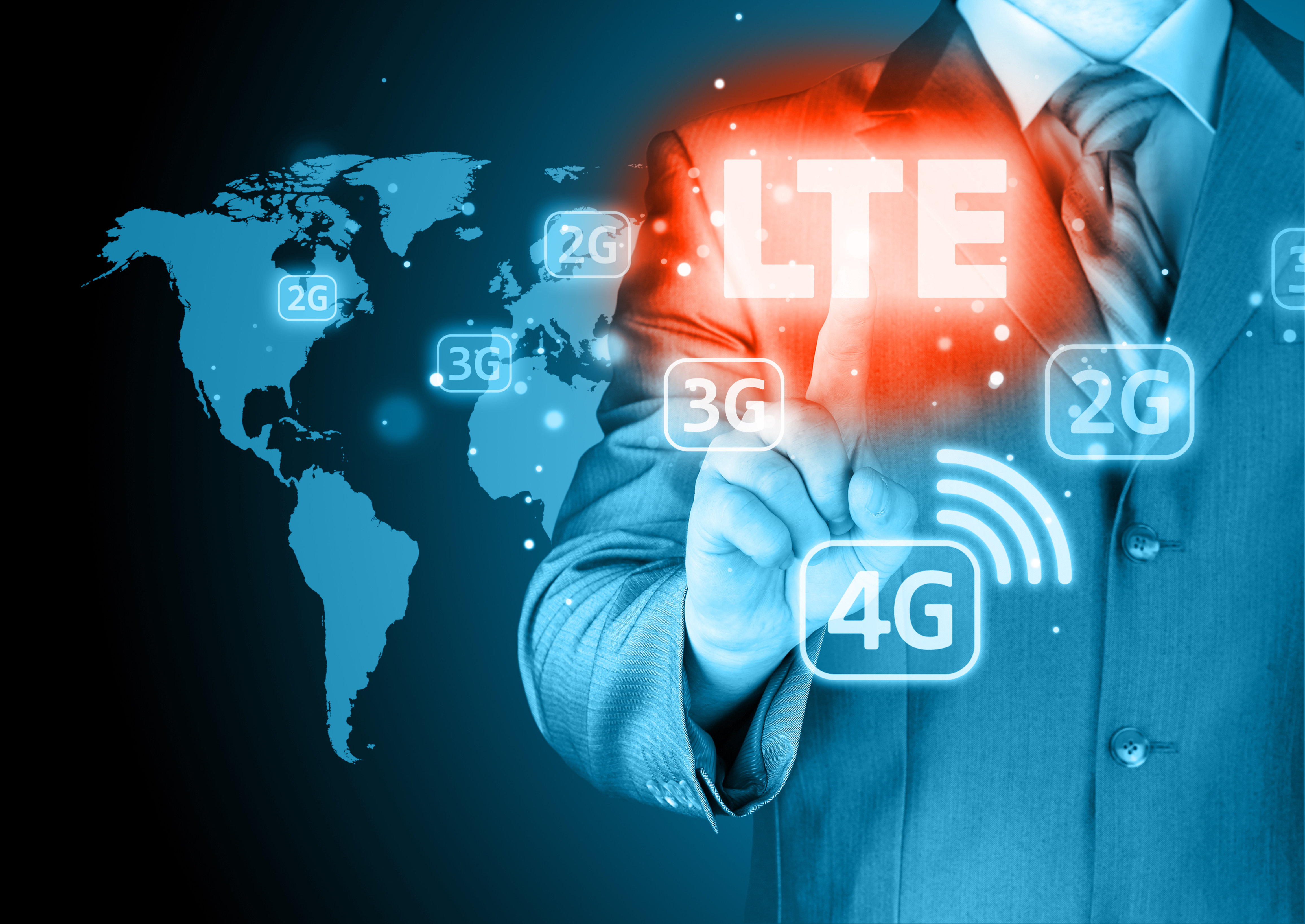4G LTE, or fourth-generation long term evolution, sometimes is referred to as the gold standard of wireless technology, thanks to its ability to deliver both speed and power in more places of the world. Specifically, 4G stands for the fourth generation of data technology for cellular networks, as defined by the radio sector of the International Telecommunication Union (ITU-R). 4G follows 3G, or the third generation.
In March 2008, the ITU-R set standards for 4G connectivity, stating that all 4G services must adhere to a specified set of speed and connection standards. Connection speeds for mobile use must have a peak of at least 100 megabits/second while mobile hotspots must have at least 1 gigabit/second.
LTE means Long Term Evolution, or the highly technical process involved in high-speed data for smartphones and mobile devices, which most of us think of as wireless broadband speeds that meet our increasing wireless demands. LTE came about because the 4G standards set forth were a bit far reaching; in other words, the existing technology could not live up to the 4G standards, so the ITU-R agreed that the term LTE could be given to the technology that is put in place as networks pursue the 4G standards. Today, 4G LTE is the fastest connection available for wireless networks.

Leave a Reply